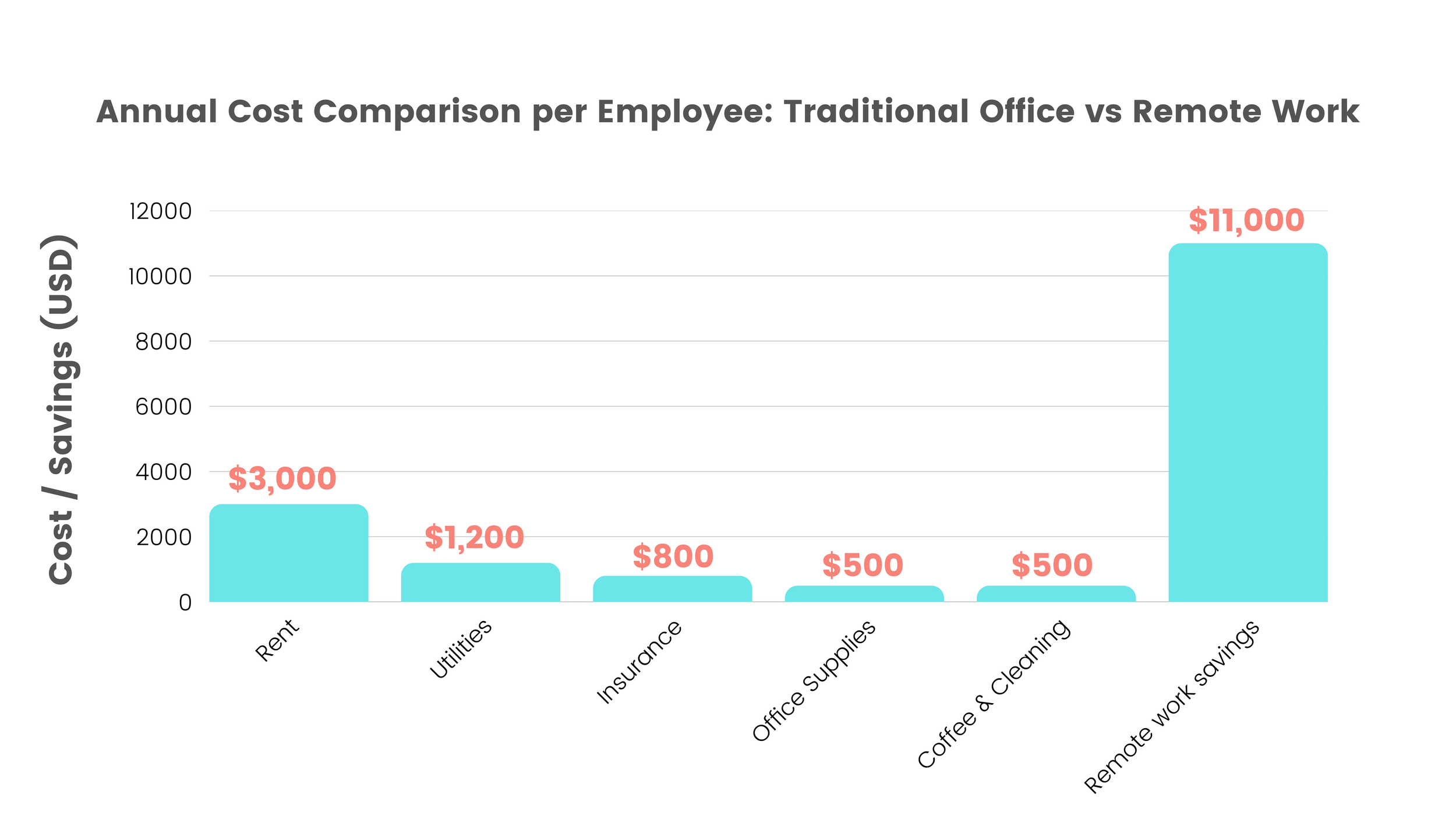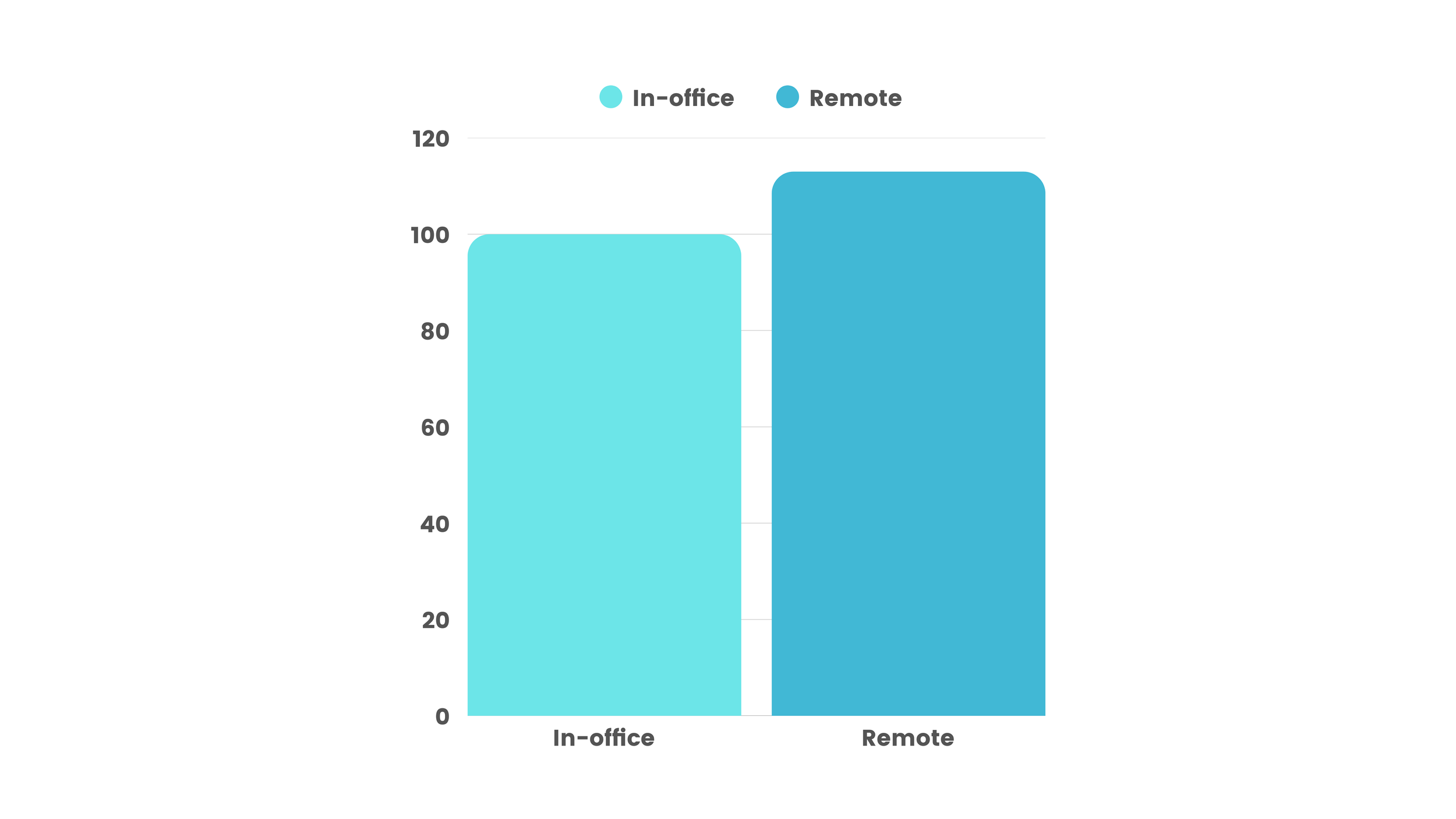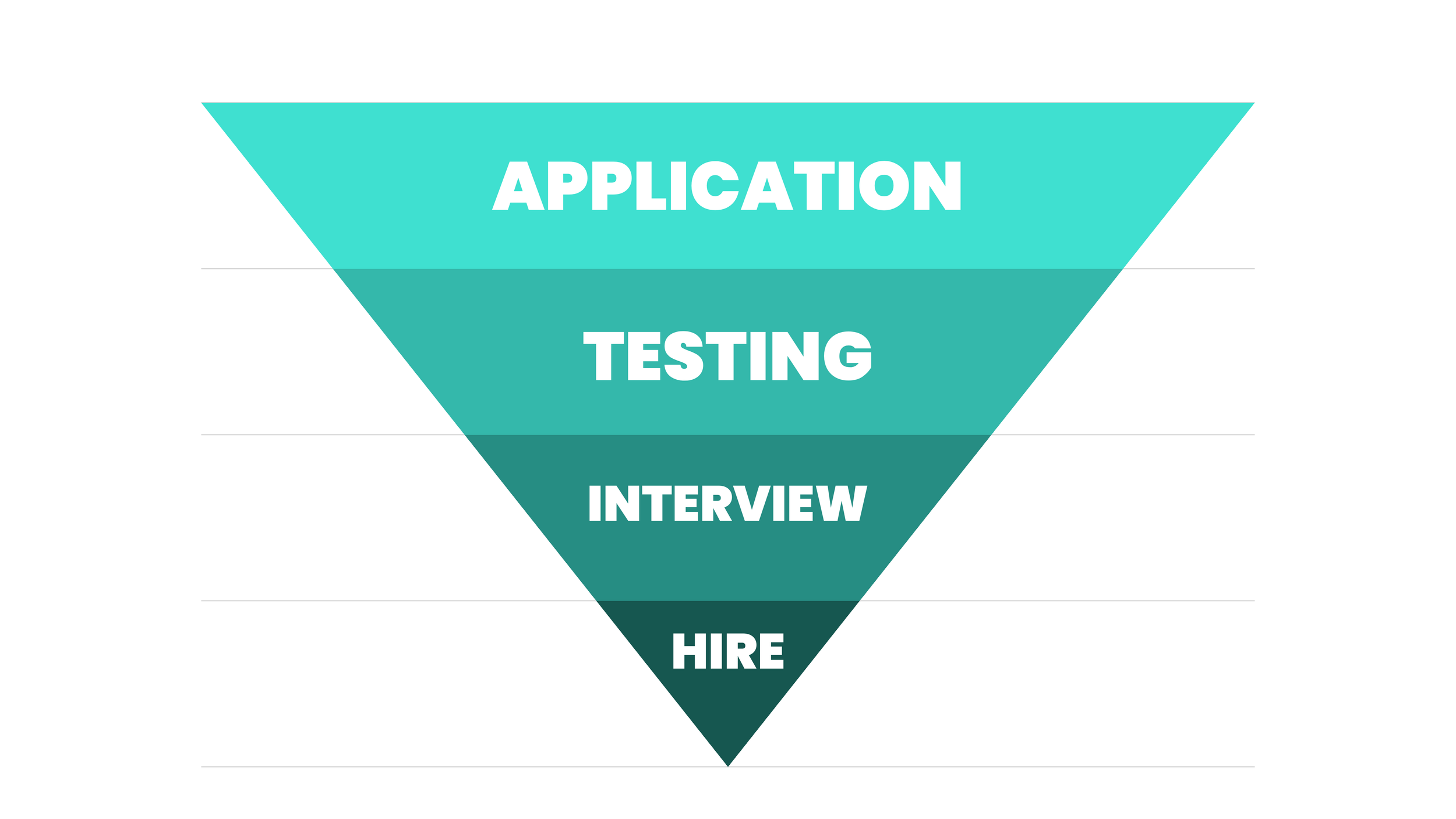How To Build Your Own Remote Team Step by Step
Some critics still say remote work is a lazy trend. They argue that employees working from home are less productive, harder to manage, and less loyal. These ideas spread fear among business owners, making them hesitant to change. But the truth is that businesses failing to adapt are the ones at risk. Companies that are building a remote team the right way often outperform those that still force everyone into a traditional office.
Hiring a remote team is a proven business strategy that allows companies to cut costs, access top talent, and stay competitive in an economy that is always changing. The real mistake is ignoring it or trying to build a team without a proper system. Done poorly, remote work creates headaches. Done properly, it changes everything.
This guide challenges the myths and shows step by step how to create a strong and reliable remote workforce. By the end, you will see why many businesses now depend on a VA team or a team of virtual assistants to handle tasks, scale faster, and get results without the stress of managing everything alone.
(Suggested imagery: A clean, professional home workspace with a person smiling at their laptop while collaborating with colleagues on a screen, emphasizing flexibility, efficiency, and trust in a VA team).
Related Blogpost: How to Collaborate Effectively if Your Team Is Remote?
Remote Team Overview
For years, some leaders believed only in-house staff could be trusted. They assumed collaboration required people sitting in the same room. That belief has been proven wrong again and again. A remote team can be just as effective, and in many cases more effective, than an office-based staff.
A remote team is a group of professionals who work for one business but are based in different locations. They collaborate through online platforms, video meetings, and shared tools. In many companies, this setup has become the backbone of operations.
When building a remote team, the differences from traditional office work must be understood. Remote teams rely on trust, accountability, and clear systems. If a business hires the right people and provides the right tools, distance becomes irrelevant. In fact, flexibility often leads to higher productivity.
Some companies focus on hiring specialists for narrow roles. Others prefer a team of virtual assistants who handle multiple responsibilities such as scheduling, customer service, or digital marketing. Both options are effective, but the real advantage is that business owners can design their team exactly as they need it.
Why You Need a Remote Team
Here’s a picture: a growing business was struggling to meet client demands. Deadlines were slipping, costs were piling up, and the local talent pool could not provide the specialized skills needed to scale. The team was stretched thin, and opportunities kept slipping away because they could not find the right people in the area. Then they shifted to a remote model, bringing in skilled professionals from around the world, cutting overhead costs, and gaining flexibility that allowed work to continue even across time zones.
This story reflects a reality that many companies face: the traditional office alone can no longer keep up with today’s business demands.
Here are eight reasons why building a remote team is essential for businesses ready to grow efficiently:
Access to global talent
Hiring only from a local talent pool severely limits the potential of any business. According to Gartner, 58 percent of companies now use some form of remote work precisely to tap into skills outside their local area. With remote hiring, businesses can access world-class designers, marketers, and developers who may not exist within their city or country. This gives them a competitive edge because they are no longer constrained by geography. A company based in a small town can compete globally by bringing in the best people, regardless of where they live.
Lower costs
Traditional office operations are expensive, and many business owners underestimate the total financial drain. Beyond salaries, expenses include rent, utilities, insurance, office supplies, and even hidden costs like coffee and cleaning services. A Global Workplace Analytics report found that employers can save around $11,000 per year for every person who works remotely at least half of the time. For a company with 10 employees, that’s a savings of $110,000 annually. These savings allow businesses to reinvest in growth, marketing, or hiring more talent instead of wasting money on unnecessary overhead.
Scalability
Businesses that rely on office space often hit a ceiling when they try to grow. Adding new hires requires expanding facilities, buying more equipment, and increasing utilities, which slows down growth and adds risk. With a remote model, scaling becomes far more straightforward. Business owners can add new members without worrying about whether there is enough desk space or parking. This flexibility allows startups and small businesses to grow at the pace they need without making costly long-term commitments.
Flexibility
Having a workforce across multiple time zones means businesses can operate far beyond the standard 9-to-5. Instead of projects being delayed overnight, a task can be passed from one worker in Asia to another in the U.S., creating a near 24/7 workflow. Employees also enjoy flexibility, which helps them perform at their best. A 2022 Owl Labs survey found that 62 percent of workers feel more productive when they can choose their own schedule. The result is faster delivery for clients, happier employees, and a business that runs more smoothly.
Increased productivity
The myth that remote employees are lazy has been disproven many times. A Stanford University study found that remote workers were 13 percent more productive than those in traditional office settings. They also reported higher job satisfaction and took fewer breaks. Without long commutes, office politics, and constant interruptions, remote employees can focus better and complete more tasks. When businesses use the right communication tools and tracking systems, productivity often exceeds what’s possible in an office environment.
Better retention
Employee turnover is one of the most expensive problems companies face, with the cost of replacing an employee often ranging from 50 to 200 percent of their annual salary. Remote work greatly reduces turnover because employees value flexibility and work-life balance. A 2023 FlexJobs survey found that 80 percent of workers would stay longer with an employer if they had flexible work options. This means companies that embrace remote work not only keep their top performers longer but also attract better candidates in the first place. Lower turnover directly translates into lower hiring costs and greater stability.
Related Blogpost: How To Improve Work-Life Balance Through Virtual Assistants?
Specialized expertise
Many businesses struggle to find the right talent locally, especially in niche areas such as digital marketing, software development, or technical support. With remote hiring, this problem disappears. Companies can recruit specialists from anywhere in the world, ensuring they get exactly the expertise they need without compromise. For example, if a business needs a Spanish-speaking customer service representative or a niche SEO strategist, they are not limited by local availability. Remote work makes it possible to build a highly specialized team that perfectly matches business needs.
Business continuity
One of the strongest but least-discussed benefits of remote work is resilience. Local disruptions such as storms, pandemics, power outages, or strikes can completely shut down office-based operations. A distributed workforce avoids this risk because employees are spread across multiple locations. During COVID-19, companies with remote setups adapted much more quickly than those tied to office spaces. A remote team keeps businesses operating smoothly even when local conditions change, protecting both revenue and reputation.
Steps to Build Your Remote Team
Hiring a remote team is about following a clear, structured process. Businesses that skip the basics often struggle with miscommunication, slow growth, and wasted money. In contrast, companies that build remote teams strategically benefit from increased productivity, lower overhead, and access to global talent.
According to a 2023 Owl Labs survey, 83% of remote-capable companies report higher employee satisfaction and retention when they implement structured remote systems. For many businesses, a remote setup is no longer optional; it’s essential for growth, flexibility, and competitiveness.
Here are the steps that matter most for successfully building a remote team:
Step 1: Define Your Needs
Guesswork is one of the biggest mistakes in remote hiring. A business owner must identify the roles needed, the tasks to delegate, and the outcomes expected. Some companies need a single specialist, while others benefit from a VA team that covers multiple areas. Clear documentation of roles prevents confusion and ensures every team member knows their responsibilities. According to Gallup, only 50% of employees know what is expected of them at work, making this step critical for productivity.
Step 2: Set a Budget
Hiring without a budget can quickly lead to financial strain and project delays. Companies should estimate costs for freelancers, contractors, or full-time employees based on role complexity and hours needed. A clear budget also helps prioritize which positions to fill first and avoids unexpected expenses. Planning finances upfront sets a solid foundation for sustainable remote operations.
Step 3: Choose Where to Hire
Where you look for talent is as important as who you hire. Online job boards, freelance platforms, and agencies each have different advantages. Agencies are often faster because they provide pre-vetted candidates or a complete team of virtual assistants, reducing recruitment time. LinkedIn reports that 70% of professionals are open to remote work, emphasizing the importance of targeting remote-friendly platforms. Choosing the right hiring channel ensures quality candidates and faster onboarding.
Step 4: Create a Hiring Process
Even remote workers need a high hiring standard. Resumes, skill assessments, and video interviews allow employers to evaluate both technical skills and communication abilities. Cutting corners during hiring leads to wasted time, lost money, and poor team fit. Structured hiring ensures consistency and professionalism across all new employees. Harvard Business Review notes that companies with strong hiring processes are 2.5x more likely to retain top talent.
Step 5: Build Communication Systems
Communication breakdowns are a top reason remote teams fail. Businesses should select chat, video, and project management tools to keep everyone connected. Setting clear guidelines for updates, meetings, and deadlines prevents confusion and missed tasks. Remote teams that communicate effectively report 25% higher productivity than those without structured systems, according to a McKinsey study. Strong communication also builds trust and accountability among team members.
Step 6: Train and Onboard Properly
Assuming remote workers can figure everything out on their own leads to wasted time. Structured onboarding introduces employees to company tools, workflows, and expectations. Ongoing training improves skills and accelerates productivity. Research from Glassdoor shows that companies with strong onboarding see 82% higher employee retention. Early support sets employees up for success and ensures smoother collaboration with the team.
Step 7: Assign Roles and Responsibilities
Undefined roles lead to confusion, duplicated work, and missed deadlines. Each team member should know exactly what they are responsible for and how their work contributes to the overall goals. This is especially critical when working with a VA team, where multiple assistants may handle overlapping tasks. Clear responsibilities improve efficiency and make performance tracking simpler. According to Atlassian, highly structured teams experience 30% more effective collaboration.
Step 8: Monitor Progress and Give Feedback
Remote teams need oversight without micromanagement. Weekly check-ins, progress reports, and measurable metrics help maintain accountability. Providing constructive feedback keeps team members engaged and improves performance. OfficeVibe reports that 65% of employees want more regular feedback than they currently receive. Consistent monitoring ensures small problems don’t turn into major setbacks.
Step 9: Build Trust and Company Culture
Remote workers can feel disconnected without intentional cultural practices. Recognition, transparency, and team-building activities create a sense of belonging. Trusted teams are more productive, loyal, and motivated. Buffer reports that 97% of remote workers would recommend remote work to others, highlighting the importance of culture in retention. A strong culture ensures that employees feel connected, even across distances.
Step 10: Adjust and Scale as Needed
Remote teams are designed to be flexible, and business owners should treat them as evolving systems. Adjusting roles, adding members, or reallocating tasks ensures the team continues to meet changing goals. Scaling effectively requires ongoing evaluation of performance and processes. Deloitte found that adaptable companies are 2.4x more likely to outperform competitors. Viewing remote work as a continuous system rather than a one-time setup is key to long-term success.
Let’s Make Remote Work, Work for You
Smart Virtual Assistant
👍🤵
Smart Virtual Assistant 👍🤵
The debate is over. Remote work is not a weakness or a shortcut. It is a powerful strategy that modern businesses use to save money, grow faster, and outperform competitors stuck in the past. The only question left is whether a business will take the steps to do it right.
Smart VAs helps companies every day with building a remote team that fits their exact needs. From recruitment to onboarding to management support, Smart VAs makes the process simple. Smart VAs delivers skilled professionals ready to help businesses run better.
Frequently Asked Questions
-
Qualified specialists can be found on freelance sites, job boards, and agencies. Many owners prefer agencies because they provide pre-screened candidates, saving weeks of searching. Smart VAs specializes in matching companies with the right people quickly.
-
Each option works depending on the situation. Freelancers are good for short-term projects. Contractors are better suited for flexible part-time roles. Full-time employees are ideal for long-term commitment. Many companies use a mix of all three to stay adaptable.
-
Good onboarding includes a welcome meeting, introduction to company tools, clear explanation of roles, and training materials. Assigning a contact person to guide new hires in their first weeks also helps. Businesses that skip onboarding often waste time and lose talent quickly.
-
The most common mistake is hiring without a clear system. Many businesses rush into remote hiring without defining roles, setting a budget, or establishing communication guidelines. This often leads to miscommunication, wasted money, and poor performance. A structured process, from identifying needs to onboarding and monitoring progress, ensures the remote team is productive and aligned with company goals.
-
Productivity in remote teams comes from clear expectations, the right tools, and consistent feedback. Using project management software, scheduling regular check-ins, and setting measurable goals help maintain accountability. At the same time, building trust and a positive company culture ensures employees feel engaged and motivated. When businesses balance oversight with flexibility, remote teams often outperform traditional office-based staff.
Ready to Work Smarter, Not Harder?
Smart VAs provides a team of highly skilled specialists from around the world, ensuring seamless support no matter the time zone. We take pride in delivering efficient, fast, and high-quality service so you can focus on growing your business. With one subscription plan, you gain access to a complete team of digital marketing experts that’s customized to your unique needs, eliminating the need to train and look for one yourself!











